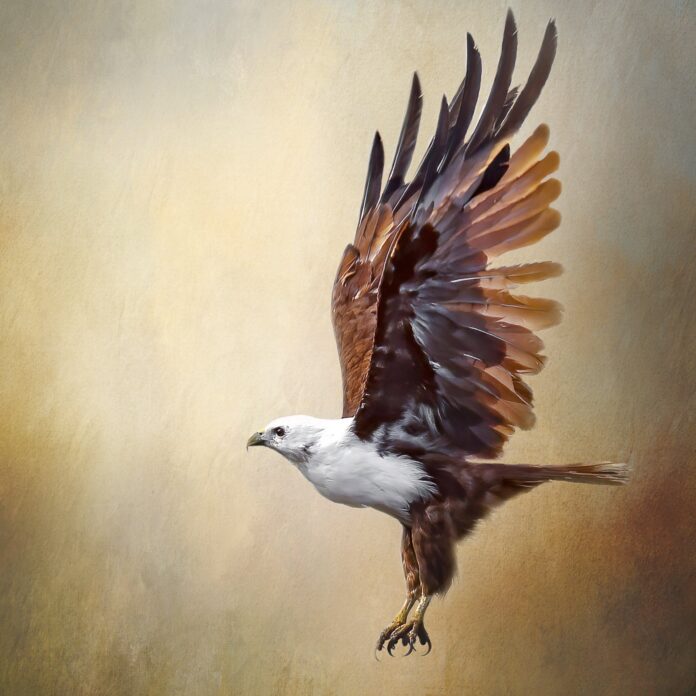In this article, we will see how we can get children rectangle of the image view object in PyQTGraph. PyQtGraph is a graphics and user interface library for Python that provides functionality commonly required in designing and science applications. Its primary goals are to provide fast, interactive graphics for displaying data (plots, video, etc.). Widget used for display and analysis of image data. Implements many features like displaying 2D and 3D image data. For 3D data, a z-axis slider is displayed allowing the user to select which frame is displayed. Displays histogram of image data with a movable region defining the dark/light levels, editable gradient provides a color lookup table. Image view is a group of widgets like it contains a view object, push-button and scroll bars, children rectangle is the bounding rectangle of the children of the image view.
We can create an image view with the help of the command given below
# creating a pyqtgraph image view object imv = pg.ImageView()
Syntax: ImageView(parent=None, name=’ImageView’, view=None, imageItem=None, levelMode=’mono’, *args)
Parameters:
- parent (QWidget): Specifies the parent widget to which this ImageView will belong. If None, then the ImageView is created with no parent.
- name (str): The name used to register both the internal ViewBox and the PlotItem used to display ROI data.
- view (ViewBox or PlotItem): If specified, this will be used as the display area that contains the displayed image.
- imageItem (ImageItem): If specified, this object will be used to display the image. Must be an instance of ImageItem or other compatible object.
- levelMode: specifies the *levelMode* argument
Returns: Object of class ImageView
In order to do this, we use childrenRect() method with the image view object
Syntax : imv.childrenRect()
Argument : It takes no argument
Return : It returns QRect object
Below is the implementation
Python3
# importing Qt widgetsfrom PyQt5.QtWidgets import *# importing systemimport sys# importing numpy as npimport numpy as np# importing pyqtgraph as pgimport pyqtgraph as pgfrom PyQt5.QtGui import *from PyQt5.QtCore import *# Image View classclass ImageView(pg.ImageView): # constructor which inherit original # ImageView def __init__(self, *args, **kwargs): pg.ImageView.__init__(self, *args, **kwargs)class Window(QMainWindow): def __init__(self): super().__init__() # setting title self.setWindowTitle("PyQtGraph") # setting geometry self.setGeometry(100, 100, 600, 500) # icon icon = QIcon("skin.png") # setting icon to the window self.setWindowIcon(icon) # calling method self.UiComponents() # showing all the widgets self.show() # setting fixed size of window #self.setFixedSize(QSize(600, 500)) # method for components def UiComponents(self): # creating a widget object widget = QWidget() # creating a label label = QLabel("Geeksforneveropen Image View") # setting minimum width label.setMinimumWidth(130) # making label do word wrap label.setWordWrap(True) # setting configuration options pg.setConfigOptions(antialias=True) # creating image view object imv = ImageView() # Create random 3D data set with noisy signals img = pg.gaussianFilter(np.random.normal(size=(200, 200)), (5, 5)) * 20 + 100 # setting new axis to image img = img[np.newaxis, :, :] # decay data decay = np.exp(-np.linspace(0, 0.3, 100))[:, np.newaxis, np.newaxis] # random data data = np.random.normal(size=(100, 200, 200)) data += img * decay data += 2 # adding time-varying signal sig = np.zeros(data.shape[0]) sig[30:] += np.exp(-np.linspace(1, 10, 70)) sig[40:] += np.exp(-np.linspace(1, 10, 60)) sig[70:] += np.exp(-np.linspace(1, 10, 30)) sig = sig[:, np.newaxis, np.newaxis] * 3 data[:, 50:60, 30:40] += sig # setting image to image view # Displaying the data and assign each frame a time value from 1.0 to 3.0 imv.setImage(data, xvals=np.linspace(1., 3., data.shape[0])) ## Set a custom color map colors = [ (0, 0, 0), (4, 5, 61), (84, 42, 55), (15, 87, 60), (208, 17, 141), (255, 255, 255) ] # color map cmap = pg.ColorMap(pos=np.linspace(0.0, 1.0, 6), color=colors) # setting color map to the image view imv.setColorMap(cmap) # Creating a grid layout layout = QGridLayout() # minimum width value of the label label.setFixedWidth(130) # setting this layout to the widget widget.setLayout(layout) # adding label in the layout layout.addWidget(label, 1, 0) # plot window goes on right side, spanning 3 rows layout.addWidget(imv, 0, 1, 3, 1) # setting this widget as central widget of the main window self.setCentralWidget(widget) # getting children rectangle of image view value = imv.childrenRect() # setting text to the label label.setText("Children Rectangle : " + str(value))# create pyqt5 appApp = QApplication(sys.argv)# create the instance of our Windowwindow = Window()# start the appsys.exit(App.exec()) |
Output :


